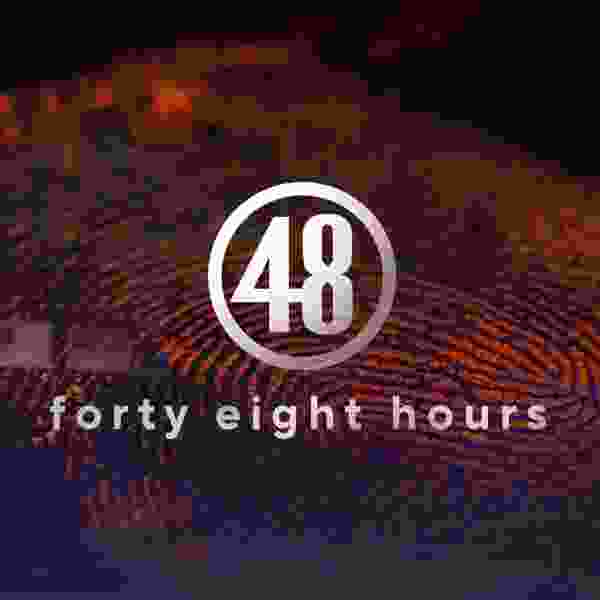


They steal billions: Cyber Hack investigates the alleged cyber gangs and the heists and hacks they’re accused of carrying out. No one is said to be safe. From Hollywood studios, to international banks, from crypto exchanges to small businesses and health care companies, law enforcement agencies say they cause chaos around the globe. Who will be next? And where is the money going?
Latest season: Evil Corp. The Russian Evil Corp is accused of being a family crime gang, responsible for stealing hundreds of millions of dollars. Law enforcement agencies say they are “the most pervasive cybercrime group to ever have operated”. No one is off limits – not even a group of nuns in Chicago.
Previously on Cyber Hack: The Lazarus Heist. This hacking group is said to be behind the biggest crypto heist in history, stealing billions of dollars in the process. Investigators blame North Korea’s state-backed hackers The Lazarus Group, and say the stolen money is being used to finance its nuclear weapons and missile development programs. Pyongyang denies involvement. Among the Lazarus Group’s many targets are Hollywood’s Sony Entertainment and the Bank of Bangladesh. ATMs are cleaned out of money, while its operatives live double lives in a hacker hotel. But where does the money trail lead?









In the 1980s and 90s, Satan and his followers were accused of brainwashing children, sacrificing babies, and infiltrating North American society on a massive scale — yet these thousands of alleged Satanists were nowhere to be found. Even so, the narrative became embedded in our cultural memory, warping everything it touched — including the lives of innocent people.. And it never quite died out.
In a new 8-part series, Sarah Marshall (You’re Wrong About) explores the tangled web of the Satanic Panic, in a journey that will take you everywhere from Victoria, B.C. to rural Kentucky to San Antonio, Texas. This is a show about the people who experienced the Satanic Panic in real-time — the believers, the skeptics, the bystanders, and the wrongfully-convicted. What was it like to be a psychologist told to look for Satanists in every case; a mother slowly recovering memories of supposed Satanic abuse; a teenager accused of conspiracy to murder? The stories of these eyewitnesses point us toward the real underlying problems — individual and societal — that the Panic was a response to. The fault, as ever, was not with Satanists, but in ourselves.







